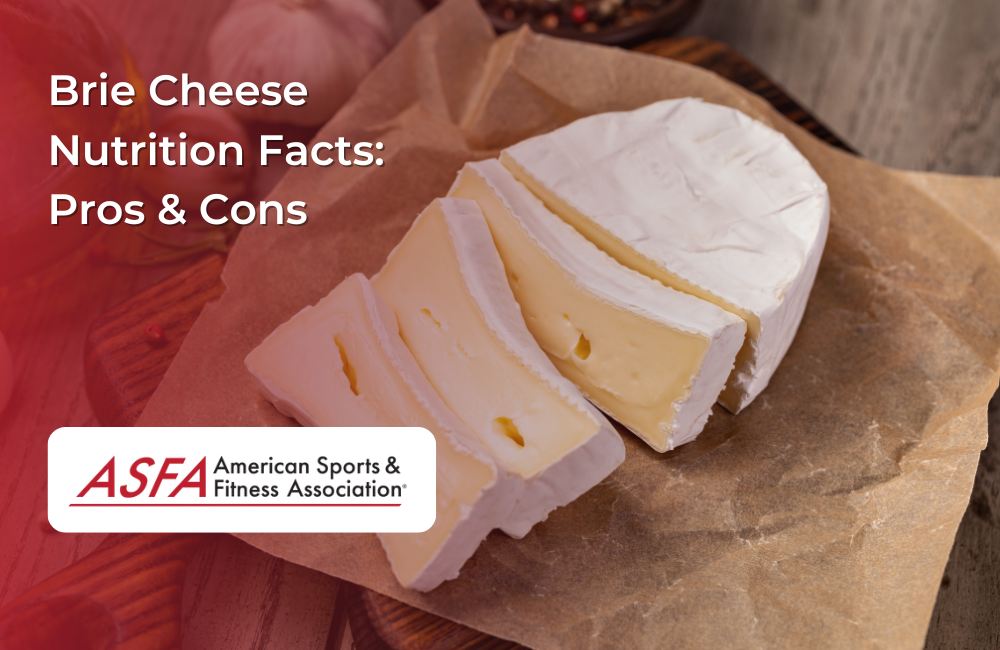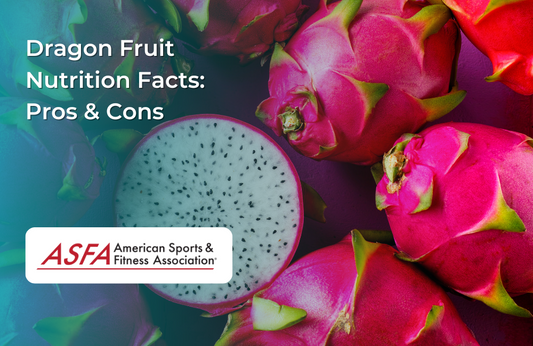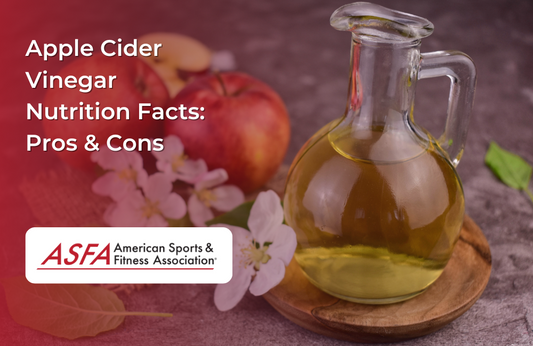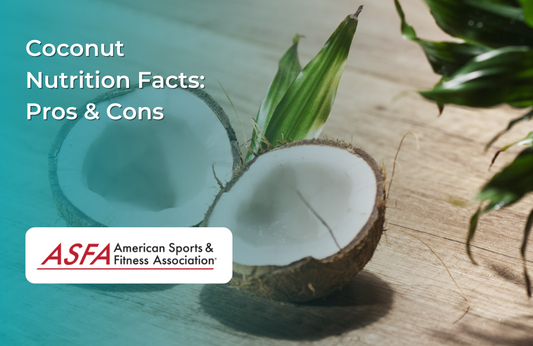Brie cheese is a soft, creamy, and flavorful cheese that is often enjoyed as part of a charcuterie board, melted in dishes, or spread on bread. It is a good source of protein, healthy fats, and essential vitamins and minerals. While Brie provides several health benefits, its calorie density and fat content should be considered when incorporating it into a balanced diet. Understanding its nutritional profile helps determine how it fits into a healthy eating plan.
Brie Cheese Nutrition Facts Pros Cons: An Analysis of its Nutritional Profile
A one-ounce serving of Brie cheese, typically made from cow's milk, contains approximately ninety to one hundred calories, seven to nine grams of fat, five to six grams of protein, and less than one gram of carbohydrates. It is a good source of calcium and phosphorus, which support bone health and muscle function. Brie also contains vitamin A and small amounts of vitamin B12, which contribute to immune function, vision health, and energy metabolism. Like most cheeses, Brie is a source of saturated fat and cholesterol, which should be consumed in moderation.
Introduction to Brie Cheese
Brie cheese is a type of soft cheese that originated in France and is known for its creamy texture and mild, earthy flavor. Unlike blue cheese, which has distinctive greyish-blue veins, Brie has a smooth, white rind. Made from cow’s milk, it can be produced using either pasteurized or raw milk, giving it a rich and versatile profile. Often served as a dessert or appetizer, Brie cheese has become a favorite among cheese enthusiasts for its ability to complement a wide range of dishes. Whether you’re enjoying it on a cheese platter or melting it into a savory recipe, Brie cheese adds a touch of elegance and indulgence to any meal. In this article, we will explore the benefits and drawbacks of eating Brie cheese, as well as provide tips on how to enjoy it as part of a balanced diet.
Nutritional Properties of Brie Cheese
Brie cheese is a nutrient-rich dairy product that offers a variety of essential vitamins, minerals, and macronutrients. A one-ounce serving of Brie cheese contains approximately 95 calories, 7 grams of fat, and 6 grams of protein, making it a substantial addition to your diet. It also provides about 20% of the daily value for calcium, which is crucial for maintaining strong bones and teeth.
In addition to calcium, Brie cheese is a good source of vitamins A, B12, and K, as well as minerals like phosphorus, selenium, and zinc. These nutrients play vital roles in supporting immune function, energy metabolism, and overall health. The macronutrient composition of Brie cheese is primarily fat (70-80%) and protein (15-20%), with a small amount of carbohydrates (5-10%). The fat content is mainly saturated, but it also includes some monounsaturated and polyunsaturated fats. The protein in Brie is primarily casein, a milk protein that is easily digested and absorbed by the body.
Pros of Brie and Other Soft Cheeses
Brie provides high-quality protein, which supports muscle repair and satiety, making it a good addition to a balanced diet. Unlike hard cheese, which is often higher in calories and fat, Brie offers a creamy texture with a moderate nutritional profile. Studies have shown that individuals who regularly ate cheese experienced improved health outcomes compared to those who did not. Cheese consumption, including Brie, is rich in calcium and phosphorus, essential minerals that contribute to bone strength and overall skeletal health. Eating cheese like Brie in moderation can provide beneficial bacteria that support digestion. The creamy texture and mild flavor make it a versatile ingredient that pairs well with fruits, nuts, and whole-grain crackers. Brie contains conjugated linoleic acid (CLA), a natural compound found in dairy fat that may have potential health benefits, including anti-inflammatory properties. The fermentation and aging process of Brie may contribute to beneficial bacteria that support digestion, though it is not a strong source of probiotics.
Benefits of Eating Soft Cheeses like Brie
Soft cheeses like Brie offer several health benefits when consumed in moderation. They are rich in protein, calcium, and other essential nutrients that support bone health and muscle function. Additionally, soft cheeses contain conjugated linoleic acid (CLA), a fatty acid linked to various health benefits, including weight management and improved immune function. Brie cheese, in particular, is a good source of vitamin B12, which is crucial for brain function and the formation of red blood cells. By incorporating soft cheeses like Brie into your diet, you can enjoy their creamy texture and delicious flavor while reaping their nutritional benefits.
Cons of Brie Cheese
Brie cheese is high in saturated fats, which can increase cholesterol levels and contribute to heart disease when consumed in excess. Harder cheeses typically have higher sodium content due to the salt used in their aging process, making it important to read labels and choose minimally processed varieties. It is calorie-dense, meaning portion control is important for those managing weight or calorie intake. Like many cheeses, Brie contains sodium, which may contribute to increased blood pressure when consumed in large amounts, posing a risk for individuals with high blood pressure. Some individuals who are lactose intolerant may experience digestive discomfort when consuming Brie, though it has lower lactose levels than fresh dairy products. Brie is often paired with high-calorie foods such as crackers and bread, which can lead to excessive calorie consumption if not portioned carefully.
Adverse Effects of Consuming Brie Cheese
While Brie cheese can be a healthy addition to a balanced diet, it is important to be aware of its potential drawbacks. Brie cheese is high in saturated fat, which can increase cholesterol levels and contribute to heart disease when consumed in excess. Additionally, as a dairy product, Brie cheese may cause adverse reactions in individuals with lactose intolerance or dairy allergies. It’s also worth noting that Brie cheese is calorie-dense, and overconsumption can lead to weight gain. To enjoy Brie cheese healthily, it’s essential to practice portion control and be mindful of your overall dairy intake.
Special Considerations for Brie Cheese Consumption
While Brie cheese can be a delightful and nutritious part of a balanced diet, there are some special considerations to keep in mind. For those with lactose intolerance, Brie cheese may be a more tolerable option compared to other dairy products due to its lower lactose content. However, it’s still important to consume it in moderation and monitor for any adverse reactions.
Another important factor to consider is that Brie cheese, being a soft cheese, is more susceptible to contamination with listeria and other bacteria. Proper handling and storage are essential to minimize the risk of foodborne illness. Pregnant women, older adults, and individuals with weakened immune systems should be particularly cautious and may want to avoid consuming soft cheeses like Brie due to the increased risk of listeria contamination.
Ways to Enjoy Brie Cheese
Brie cheese is a versatile ingredient that can be enjoyed in a variety of ways. Here are some tips on how to incorporate Brie cheese into your diet:
-
Serve Brie cheese as a dessert or appetizer, paired with fruit, crackers, or bread.
-
Use Brie cheese in cooking, such as in sauces, soups, or casseroles.
-
Pair Brie cheese with other soft cheeses, such as goat cheese or cream cheese, for a delicious cheese platter.
-
Enjoy Brie cheese as a snack, paired with nuts or dried fruit.
-
Use Brie cheese in place of other cheeses, such as cheddar or cottage cheese, in recipes.
Overall, Brie cheese can be a delicious and healthy addition to a balanced diet when consumed in moderation. By being aware of its potential drawbacks and incorporating it into your diet in a variety of ways, you can enjoy the many benefits of Brie cheese.
Selecting and Consuming Brie Cheese
When selecting Brie cheese, look for a wheel or block that is evenly colored and has a smooth, creamy texture. Avoid cheeses with visible mold or an off smell, as these may indicate spoilage. To enjoy Brie cheese at its best, let it come to room temperature before serving. This allows the cheese to soften and enhances its creamy texture and rich flavor.
Brie cheese can be enjoyed in various ways. Serve it on its own or pair it with crackers, bread, or fruit for a delightful appetizer or snack. It also works wonderfully in cooking and baking, adding a luxurious, creamy texture to dishes like sauces, soups, and casseroles. When it comes to portion size, a serving of Brie cheese is typically one ounce (28 grams), about the size of a small slice. Given its high calorie and saturated fat content, it’s wise to consume Brie cheese in moderation as part of a balanced diet.
Conclusion
Brie cheese is a delicious and nutrient-rich dairy product that provides protein, calcium, and beneficial fats while offering a smooth, creamy texture. Its benefits for bone health, muscle function, and satiety make it a good addition to a balanced diet when consumed in moderation. However, its saturated fat, calorie density, and sodium content should be considered, especially for individuals managing cholesterol levels or weight. Enjoying Brie in controlled portions alongside fruits, vegetables, and whole grains ensures that it remains a flavorful yet health-conscious choice.
FAQs
Is Brie cheese healthier than other cheeses?
Brie is lower in protein than hard cheeses like cheddar cheese but provides beneficial fats and calcium. The healthiest choice depends on dietary needs and portion sizes.
Can people with lactose intolerance eat Brie cheese?
Brie contains lower lactose levels than fresh dairy products, making it easier to digest for some individuals who can still eat cheese despite mild lactose intolerance.
Is Brie cheese good for weight loss?
Brie is calorie-dense, so it should be consumed in moderation as part of a balanced diet. Pairing it with fiber-rich foods can help with satiety.
Does Brie contain probiotics?
Brie is made through fermentation and aging, but it does not contain significant amounts of probiotics compared to fermented dairy products like yogurt.
What is the best way to eat Brie cheese?
Brie pairs well with fresh fruits, nuts, and whole-grain crackers, making it a great addition to balanced meals and snacks. It can also be melted into dishes for added flavor and texture.





